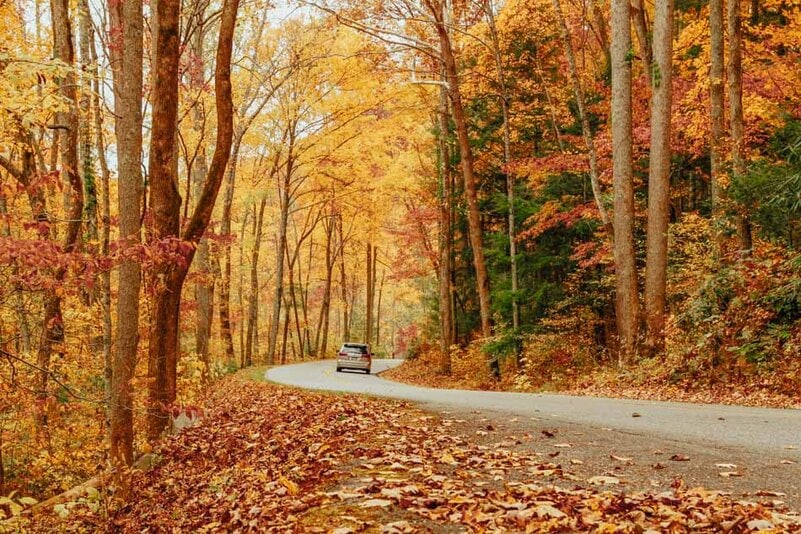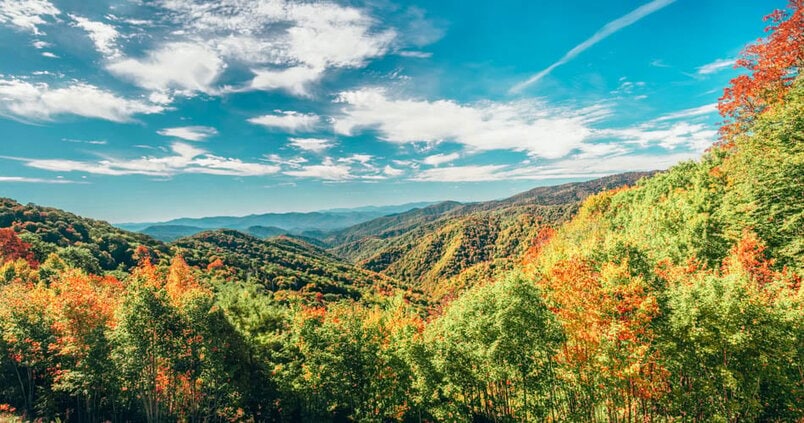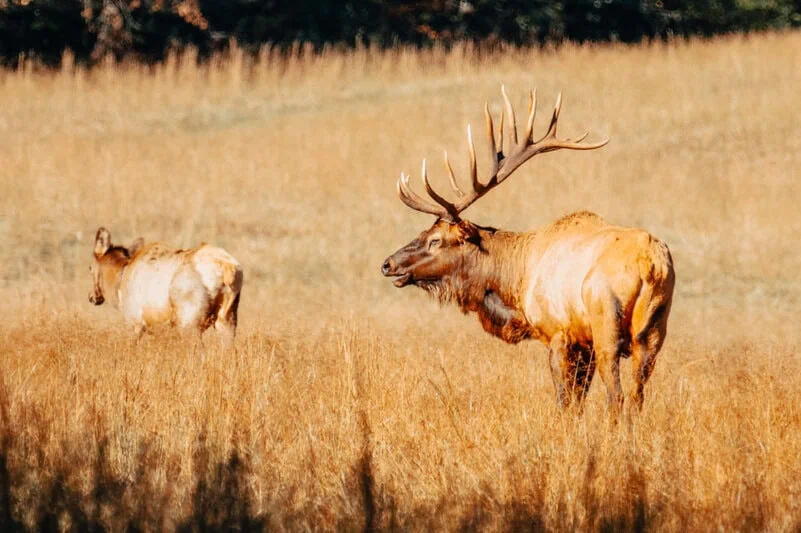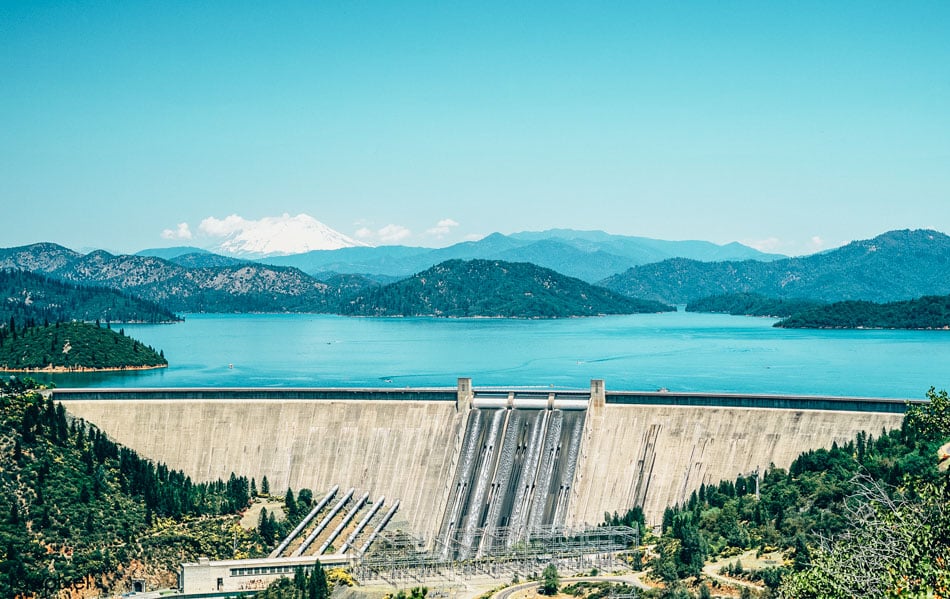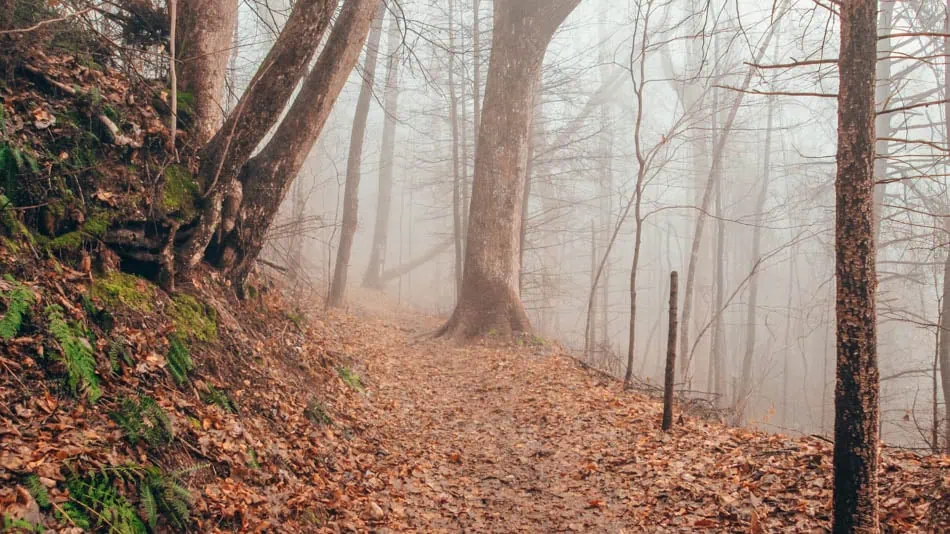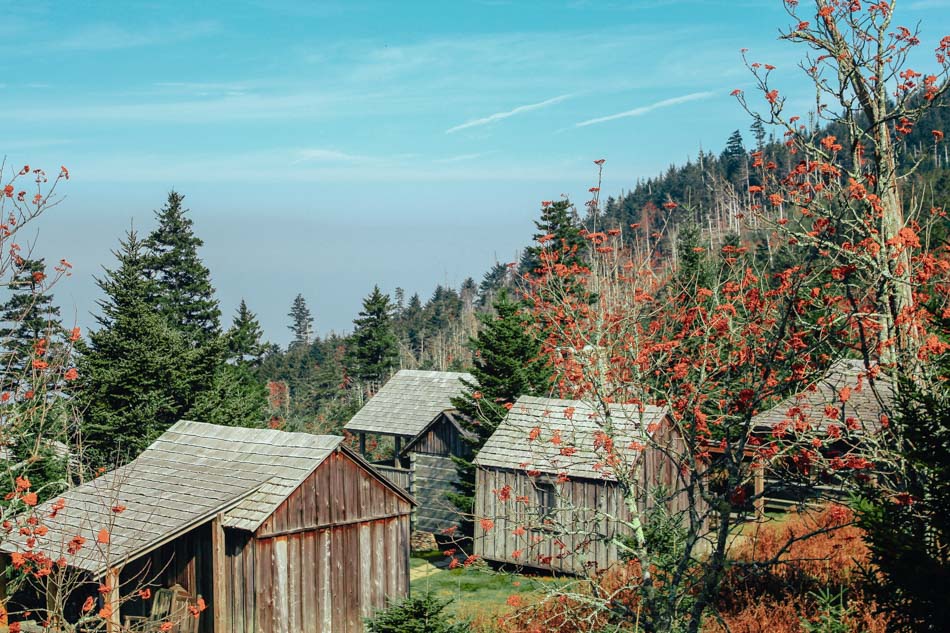How to Prepare for Your Next Family Outdoor Outing | Top World Travels
Family trips are the source of endless memories for so many—time spent with the people you love most is valuable for creating bonds and shared experience. Taking those experiences outdoors invites a new, unique, and fun backdrop for those memories! Those excursions will turn out best if you are prepared for the outing you have in mind. Here are a few ways you can best prepare for your next family outdoor outing!
Buy Outdoor Gear
Make sure you have the right tools for an enjoyable and safe trip. Your regular indoor gear likely won’t cut it, and your ease of access to various tools and settings is significantly diminished in the great outdoors. Buy the right kinds of gear for whatever activities you have in mind. Equipment for camping, hiking, water-activities, and more, is essential for your safety and the capability of your activities at all! Especially if you are trying an activity for the first time, read up on what the “pros” recommend you have to get you started. Being prepared with the things you need is the first step to making your activities possible!
Get Your Vehicle Off-Road Ready
“Outdoor” may coincide with “uncharted” in some cases. This means that if you are going to get where you want to go, your vehicle needs to be as prepared as you are to take on the rough terrain of unpaved territories. Take a quick inventory of your car’s capability to handle this kind of road! Ground clearance, tire durability, all-wheel drive, and proper protection of your undercarriage and body are important to consider before exposing your car to the intensity of rocky areas. You should also think about the storage abilities of your car—if trunk space is tight, look into camping shells that offer that valuable extra space! Camping shells have many functions and come in different styles.
Don’t push your vehicle past its limits! You may end up damaging it and your trip!
Plan Thoroughly
Spontaneity is great, until it turns a long drive into a disappointing u-turn. Plan your trip thoroughly! Research the requirements of the places you’re staying or visiting, the things available, the pricing, the expectations, everything. Having a thorough understanding of your destinations will ensure not only a safer trip, but a more productive trip in which you can actually do all the things you want with your family!
Enjoy your time with your family wherever you go! Being outdoors does not have to come with any limitations, as long as you’re prepared with the right equipment, transportation, and plans.
Read this next: 5 Best Scenic Routes to see Traveling on a Train























